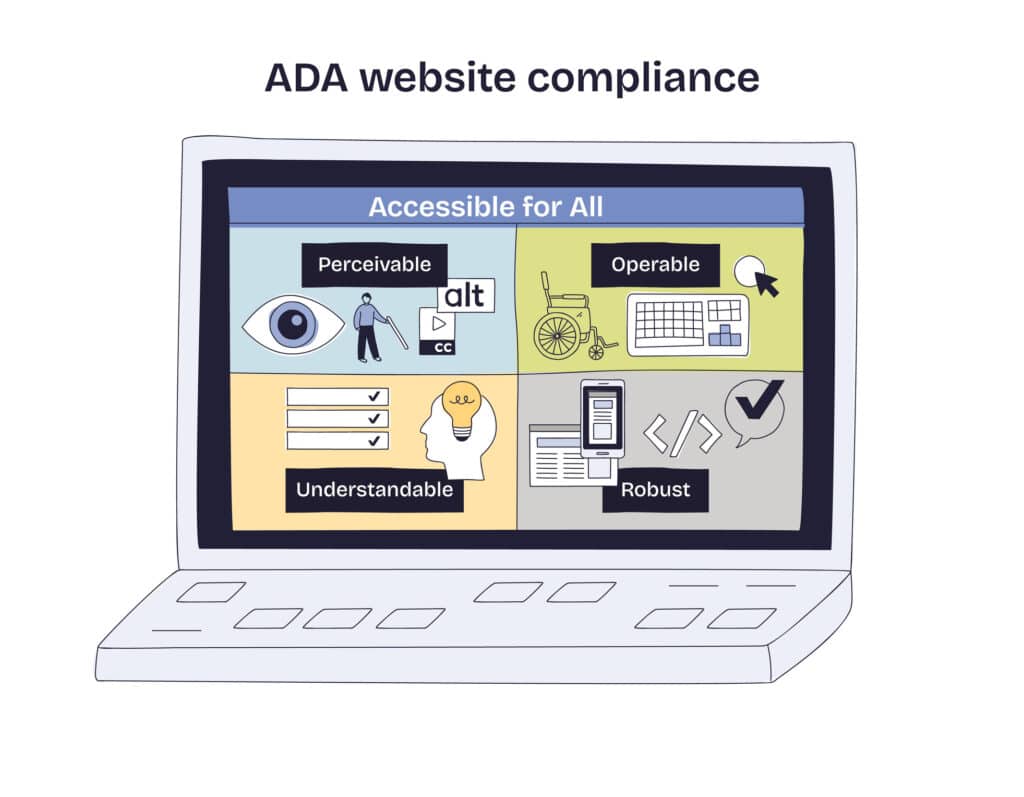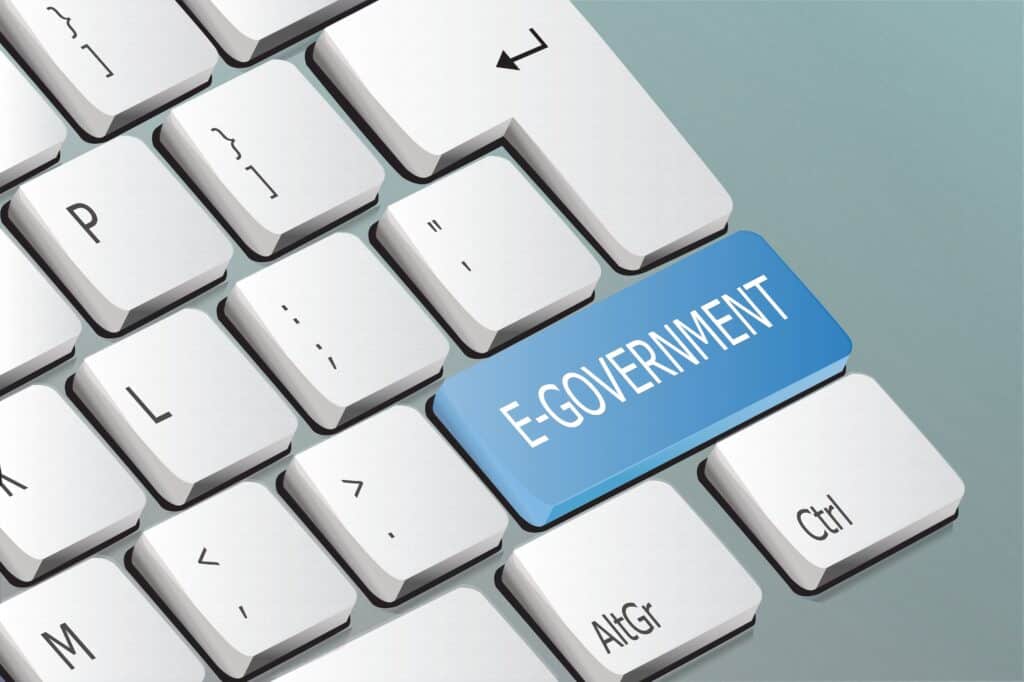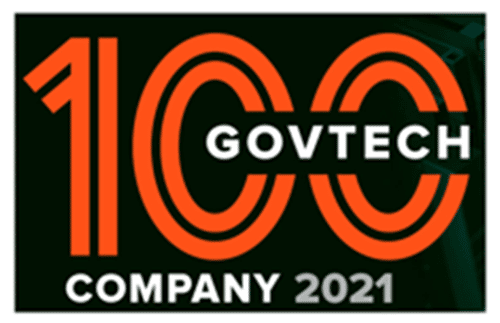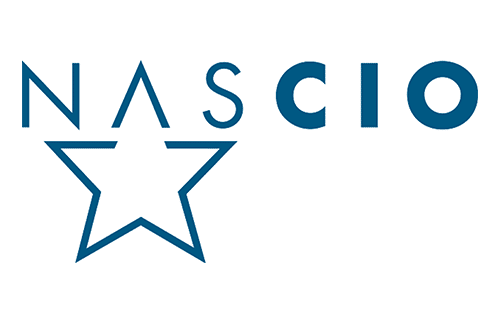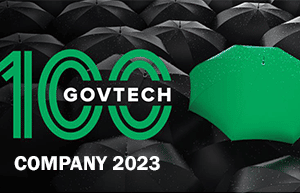A broad range of state and local governments bring their constituents the same modern digital services that consumers expect from private companies. However, digital forms and the automation of the business processes behind them have an even bigger impact on the community.
Today, integrated digital forms, workflow automation, and eSignatures lay the groundwork for giving citizens a better experience when interacting with government. Beyond simply granting the ability to submit applications remotely from the convenience of their devices, automation serves the greater good beyond the customer experience (CX).
Automating Form-Driven Services Makes a Profound Impact
Modernizing forms and workflows can help produce profound social good by improving constituents’ quality of life.
For example, enabling drivers to renew their disabled placards via a simple barcode scan at home represents a major consumer convenience. Obviously, this service is a significant advantage for citizens that have mobility restrictions.
In another example, transit authorities are improving the lives of the elderly and disabled by reducing physical barriers. In this case, an online form allows residents to apply for and schedule paratransit shuttles.
In yet another example, the Greater Boston area Massachusetts Bay Transportation Authority (MBTA) solved a paradox for young, low-income riders. It offers discounted Youth Passes through an online process, and riders don’t have to pick up the cards in person. Eligible recipients across 19 municipalities can ride the rail (a.k.a. “The T”) at a reduced rate. It takes only days to start riding after signing up online and receiving approval.
Finally, the complexity of child support cases can be expedited with digital automation. Here, delays and errors impact the lives of children and their families. Depending on the state, cases can go through up to 10 phases, from initial application to ongoing enforcement of judgments. With so many departments, employees, and moving parts, paper processes take a long time, even when everything goes smoothly. Here, digitizing and integrating the entire child support case process eliminates the delays and errors inherent in legacy systems and shaves weeks off the process.
Digitizing Through a Pandemic Plants the Seeds of Change
Ultimately, it was the coronavirus pandemic that forced a major reassessment of the role of technology in state and local government. As a result, entities were faced with the reality that they needed to become nimbler to serve their citizens effectively. Time was of the essence during the pandemic and there was no shortage of examples of digitized business processes keeping governments in operation.
For example, North Las Vegas got housing and small business aid into its community in less than three weeks. Guilford County operationalized its American Rescue Plan Act (ARPA) digital form and workflow and began distributing $58 million worth of approved funds in one week.
In addition to helping larger government bodies, digital forms and processes also helped smaller municipalities act like bigger cities and states. In one case, New Castle County distributed $322 million to fund various health equity, food insecurity, emergency response, and education programs against all odds.
Automation Guards Reputation and Promotes Mission
The pandemic further magnified operational inefficiencies within state and local governments.
In New York, several counties had to return some of their Emergency Rental Assistance Program (ERAP) funds because they were unable streamline the application and distribution process. However, in one case, senator Chuck Schumer praised one county for being the exception and getting every single allocated dollar into the hands of people in need.
Alternatively, governments that used workflow automation were able to easily meet oversight requirements for fund distribution. Indisputable chains of custody further assured that they were not cutting checks for fraudulent applications or overpaying awards, a legitimate taxpayer concern. Ultimately, implementing systematic, transparent processes with prebuilt calculators, centralized dashboards, and audit trails demonstrates a commitment to the public.
Impacting Citizens from Back to Front
Sometimes, streamlining back-end processes indirectly results in community improvements. Inarguably, processing documents faster and with significantly fewer errors helps facilitate an agency’s mission.
In one instance, the slow manual process California’s Department of Child Support Services (DCSS) used to approve executive documents of high importance (“Red Folder”) was causing significant delays in the delivery of child support services across the state. In fact, employees sometimes had to track down wet signatures from as many as 17 colleagues around the office for a single folder. By transforming to an electronic workflow, the time it took to obtain Red Folder approvals was reduced from two months or more to less than two weeks.
Digitization Brings Essential Services Within Reach
Digitizing forms and automating business processes makes constituents’ and employees’ tasks much easier. However, there are instances when these service enhancements impact the people they are intended for—and society as a whole—momentously. Whether it’s bringing essential services within reach or making it easier and safer for people to receive mission-critical benefits or care, the digitization of government can result in something much greater than improved CX.
At a minimum, automating forms and processes saves time. However, it’s important to see the bigger picture: technology facilitates benevolence by significantly improving residents’ well-being and contributing to the greater good.




